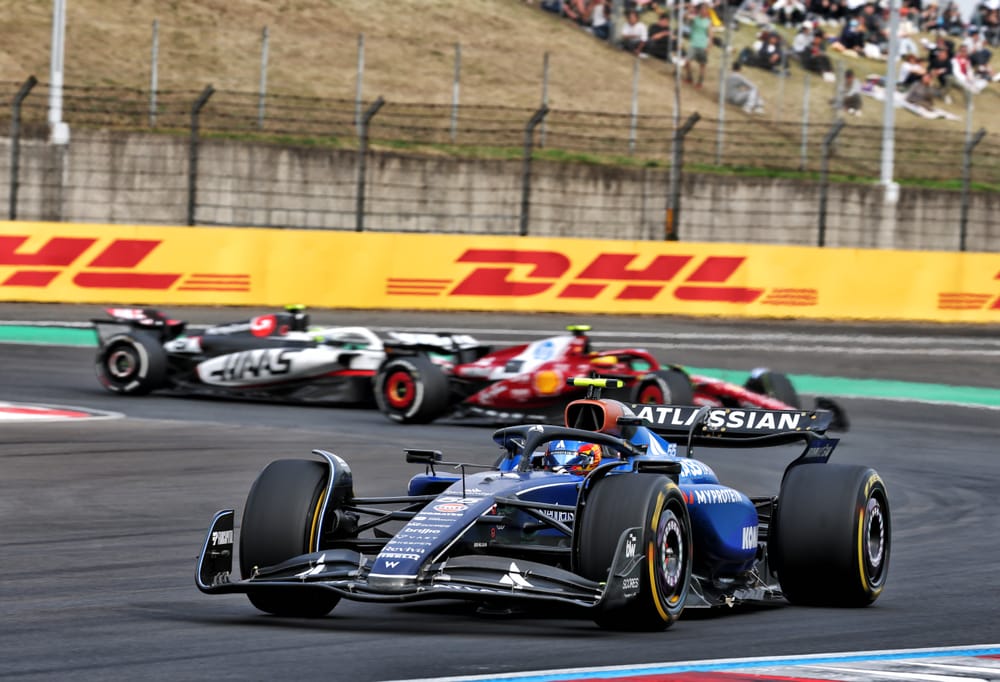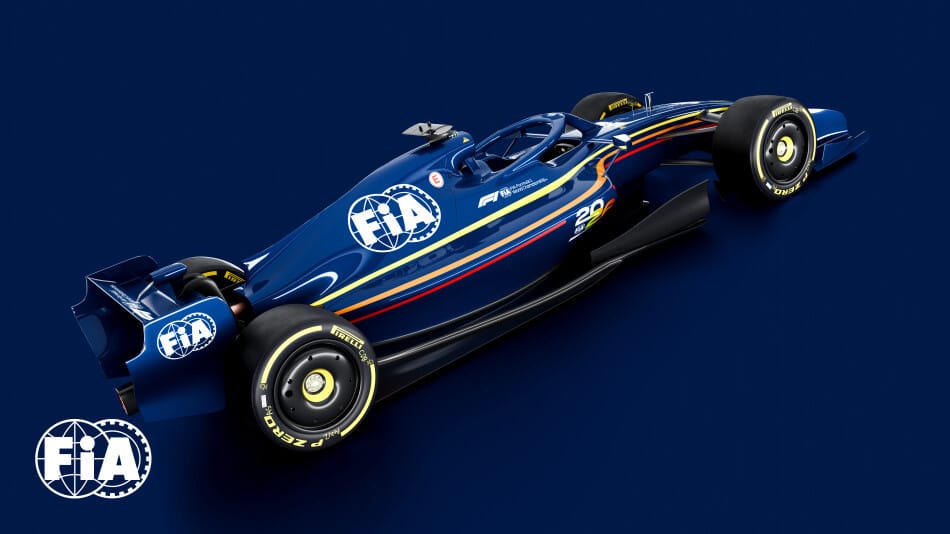Williams has started the Formula 1 season as brightly as new signing from Ferrari Carlos Sainz could have hoped for. Sainz himself, though, has had a tougher time.
Three disqualifications for rivals in the Chinese Grand Prix meant Sainz did get elevated to 10th, scoring his first point for Williams, but that amounts to just under 6% of the team's early total as Alex Albon has begun 2025 in electric form and lies sixth in the championship after two events, with 16 points.
Sainz, who team boss James Vowles says is a "world class" driver, was a huge acquisition by Williams and it is commonly accepted he has had to take an unfair step down the grid following Ferrari's signing of Lewis Hamilton.
Much was, and still is, expected of what Sainz can bring to Williams. But after crashing out of the season opener in Australia on the first lap, and struggling in China, it has not been the bright start to life - in terms of results - that was hoped for.
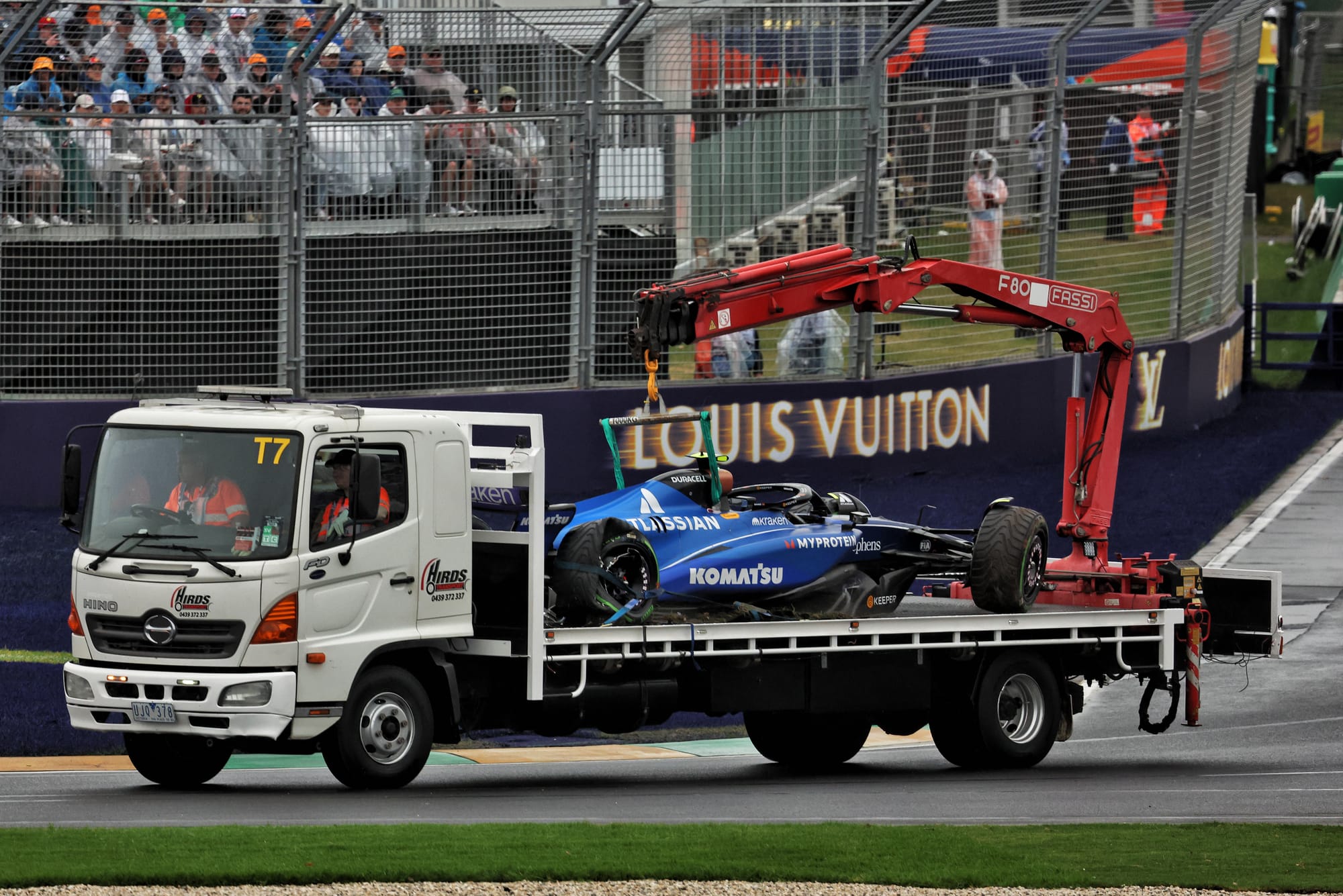
This could easily be explained as Albon being better than some have given credit for, plus a typical adaptation period for a new driver. But the latter somewhat goes against the early evidence of his switch, how at ease Sainz seemed already in the post-season Abu Dhabi test he completed last year, and how rapid he looked in pre-season testing in Bahrain and early on in the curtain-raising Australian GP weekend.
Even Sainz has expressed some confusion at how inconsistent his performance has been in-weekend in Australia and China. Run to run, little shifts in car balance and track conditions and tyre performance seem to flip Sainz from being right there to being quite a bit adrift of Albon.
"A lot of analysis needs to be done in the next few days because clearly I wasn't competitive, I wasn’t fast," Sainz said after finishing a challenging Chinese GP 13th on the road.
"And it's something that puzzles me because ever since I jumped into this car I've been really, really quick.
"But as soon as we came here, for some reason all that pace went, so we’ll have a look at it."
There are theories to explore to explain what is going on, although no firm conclusions - at least outwardly, as the small gap between China and Japan should have afforded a deeper dive inside Williams that may have uncovered some more concrete answers.
Sainz's qualifying swings
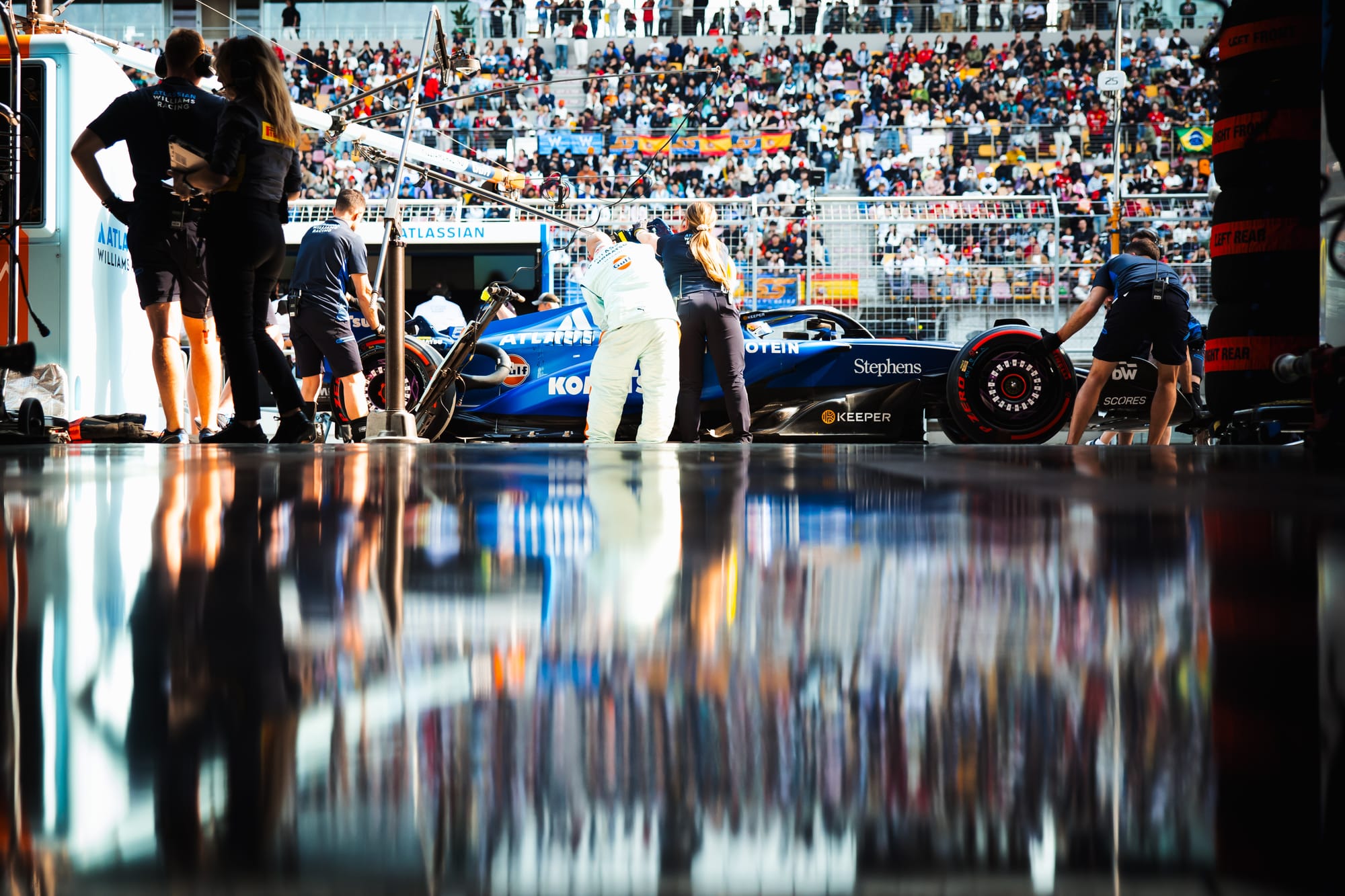
Sainz felt there was "something fundamental that I or we got wrong" in China but there was not a huge amount he was missing over one lap.
But for a mistake at the final corner in qualifying, it could have been Sainz into Q3 there at Albon's expense.
Sainz was three tenths down on Albon after the first Q2 runs, and was told that was all in the final sector. He was too conservative on the entry to the Turn 11-12-13 combination then had to correct a rear snap onto the back straight, and the rest was lost with a too cautious approach to the final corner.
On the final runs, though, Sainz's lap was fractionally faster than Albon's exiting the hairpin, only to stress the entry of the last turn a little too much. He was a little too wide onto the outside kerb and then struggled to make the apex, which left him a quarter of a second adrift.
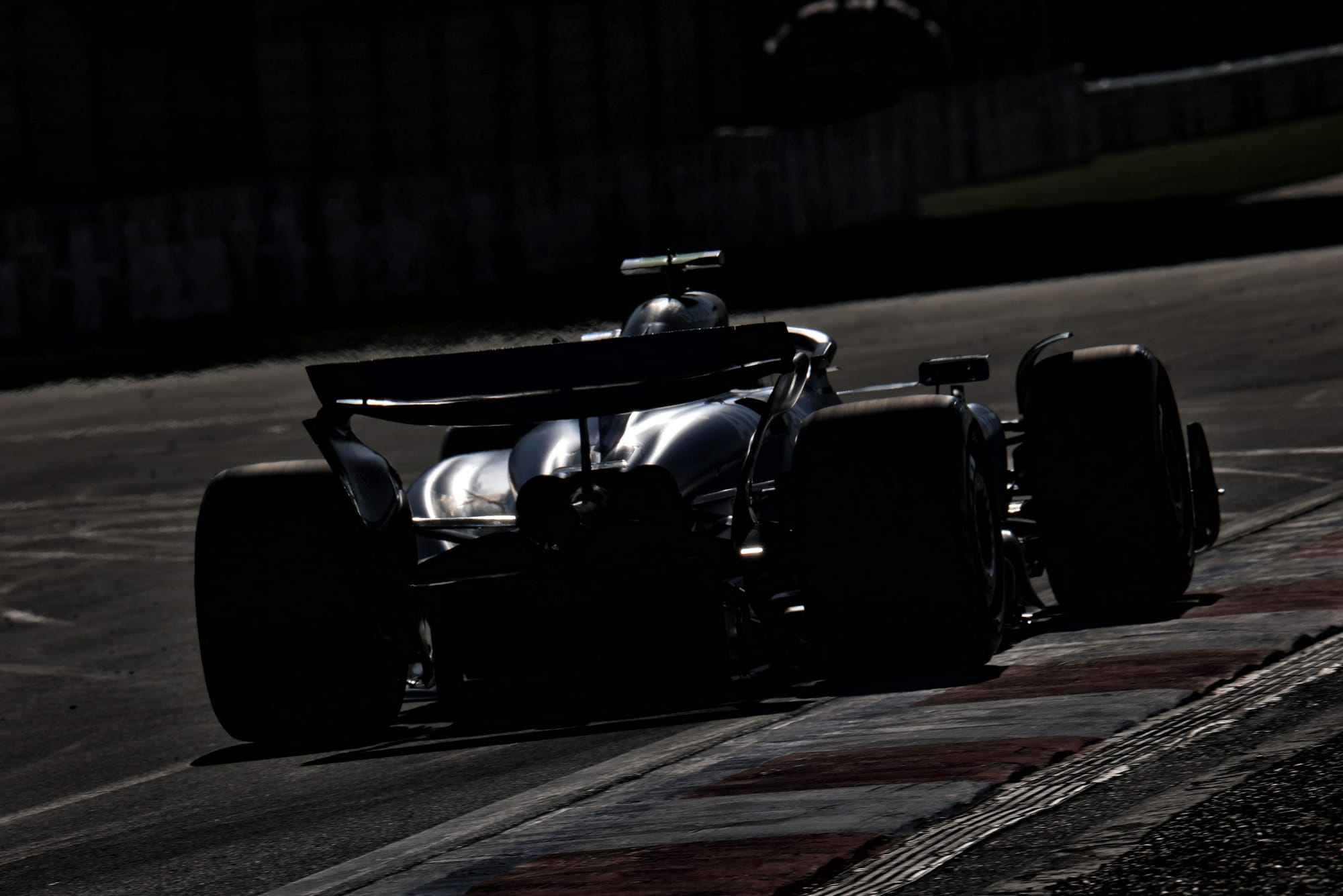
While a small change in grid position may not have completely transformed their races, starting a little further forward would have changed Sainz's prospects for the better. Plus it would have given him the confidence, and experience, of another Q3 run.
Sainz seemed to at least be a bit closer than the "two or three tenths off" he said he was in Shanghai but, regardless, the end result wasn't in his favour (and supported his laptime deficit assertion). This was a slightly different phenomenon to Melbourne, where Sainz had been on top of Albon until qualifying then faded and really struggled in Q3.
Collectively, it supports something Sainz has talked about a lot already this year: how tricky the car and tyres are to extract the final tenth or two from.
And this was perhaps embellished in China, as Sainz reckoned "it's not an easy car to understand, especially on a track like this, that is so front limited and sensitive with the tyres".
"It's not that it doesn't suit me - because I can be very quick in certain corners and in certain scenarios," Sainz said of the car.
"It's just that when you go and push a bit further, and you try to find laptime as the track ramps up and it grips up, whatever I seem to be doing doesn't seem to pay off in quali and I end up going slower rather than quicker."
The Williams role
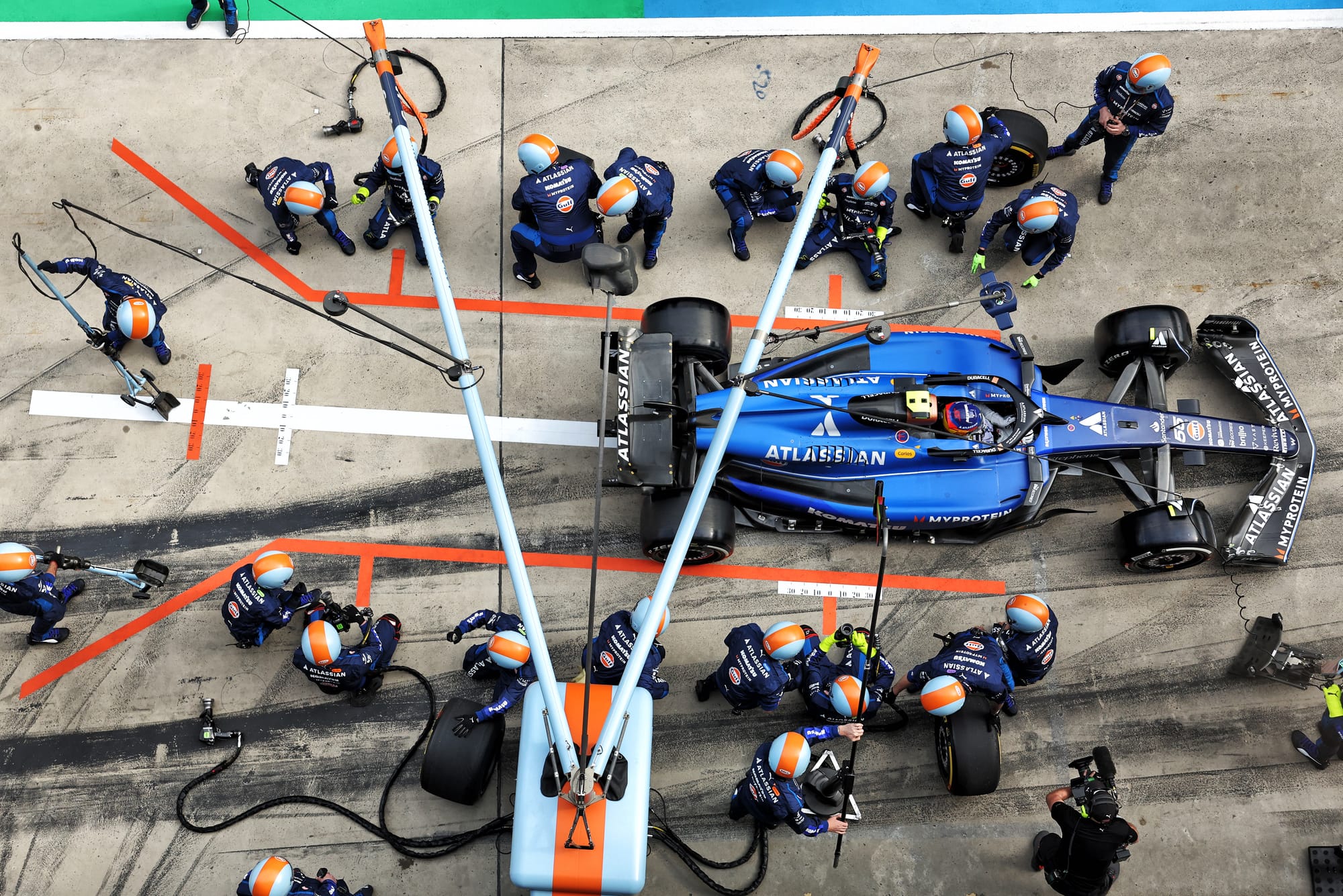
Sainz's driving may also have been exacerbating his problems in the races too. He said there would be "a lot of analysis to see in these front-limited tracks what I can do better with my driving, and set-up of the car to put it a bit more to my style".
If he was chasing the car at times in qualifying that could have been the same in the race with the pace not coming to him as easily, so perhaps overdriving over one lap induced errors and overdriving in the race induced graining. The Chinese GP was Sainz's first race distance in the car, after all.
Plus, Williams's place in the pecking order looked a little weaker in China. Sainz pointed out that "we seem to be struggling in longer corners, we are a clear step behind the Racing Bulls and some other cars". And as Vowles has stressed, the midfield teams are playing with the finest of margins now, so any car weaknesses or team imperfections will be punished.
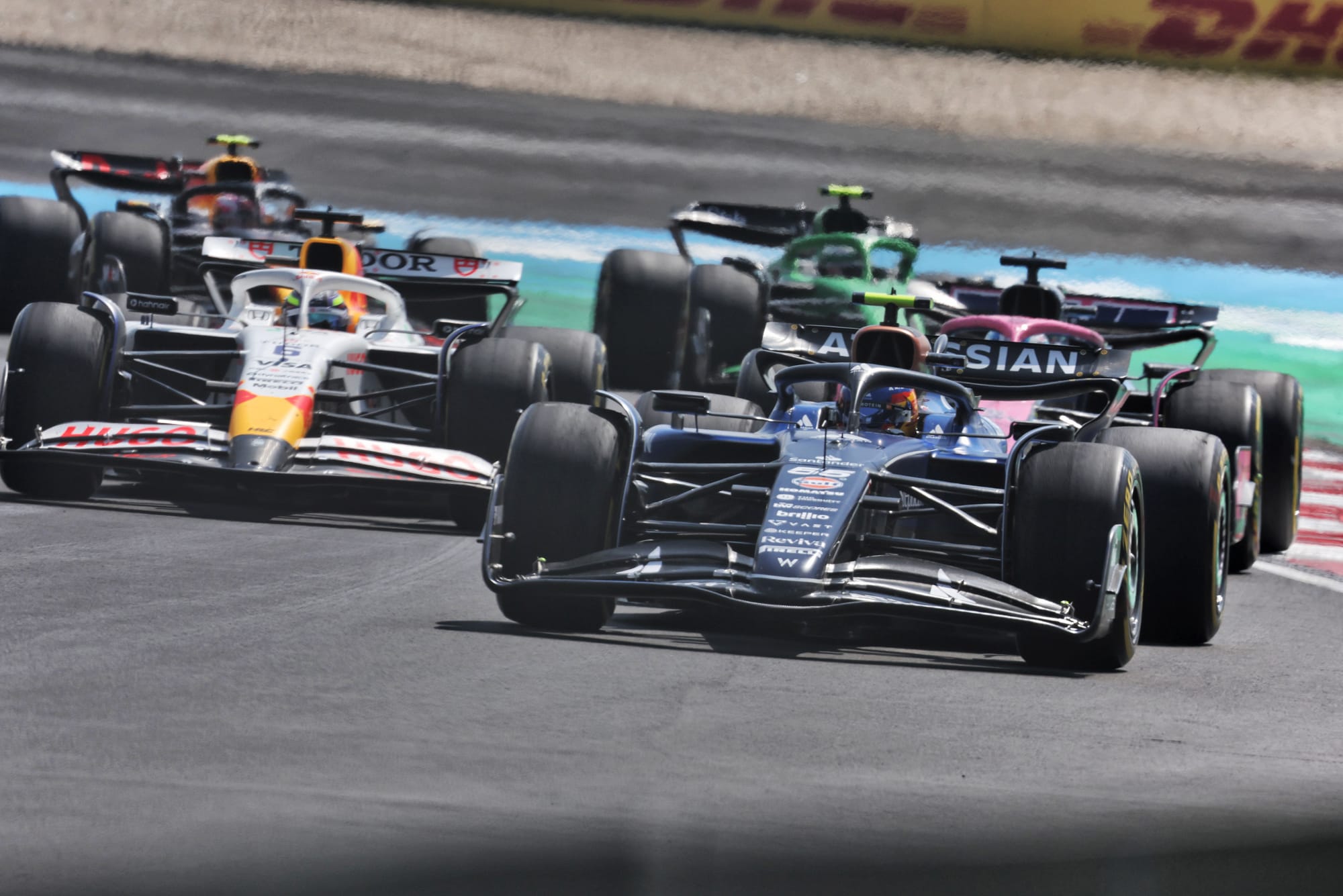
Vowles gave the sense that China exposed a limitation Williams may have on such front-limited circuits, and the team could have potentially adjusted to the demands of the track quicker in-weekend.
Although Williams and Albon seemed in a happier place on the front axle in the grand prix, Sainz wasn't. He felt it in the first stint and on the hards too. So one question is whether something was amiss on his car as, although their set-ups and settings were pretty much the same, Sainz did claim after qualifying "I tried something that didn't seem to work".
What that means is unknown, at least to us, but the exact car differences are something that Sainz and Williams have probably understood much more convincingly by now. What the team has ruled out in between races, though, is that any kind of car specification difference may be holding Sainz back.
There has been speculation that Sainz is hampered by having to use a repaired version of a crashed Logan Sargeant chassis from 2024. Williams has carried over last year's chassis and evolved them, so it is true Sainz is technically on a 2024 version - but it is modified, and the main thing is Albon's in the same position.
While Vowles' very specifically worded answer on this didn't rule out the prospect that the chassis used by Sainz so far was crashed and had to be repaired last year, it's worth remembering Williams had an incident-laden 2024.
So it may be that one, two or all three of its 2025 chassis needed some patching up last year, before being repaired and upgraded properly over the winter.
A harsh contrast with Albon
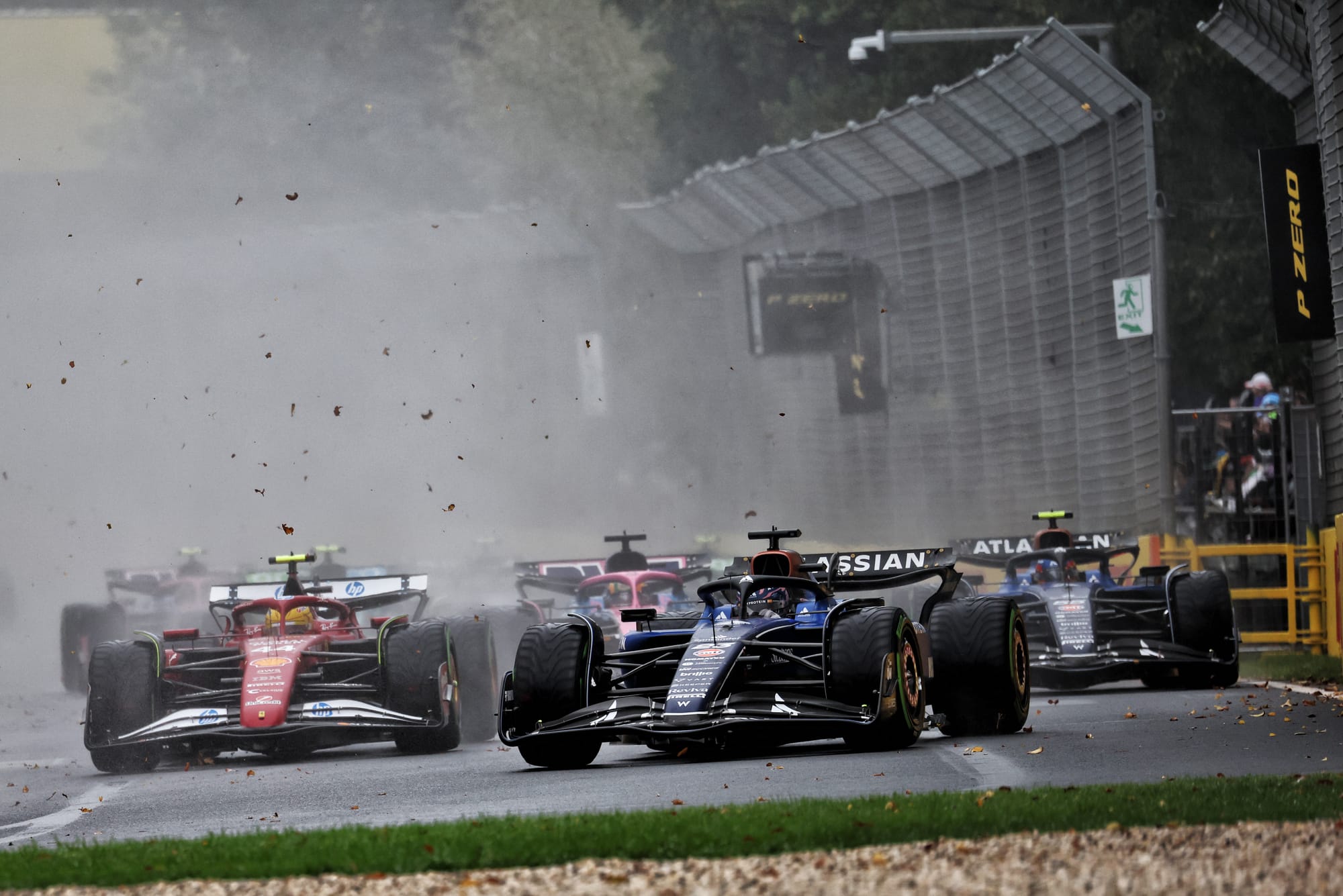
The other factor to consider is that Sainz isn't doing a bad job, and Albon is doing an excellent one. That is presenting a very harsh contrast.
Sainz was his own worst enemy in Melbourne, with that unfortunate crash in the wet on lap one after the safety car was deployed, as a result of being caught out by the Williams/Mercedes power delivery in such conditions.
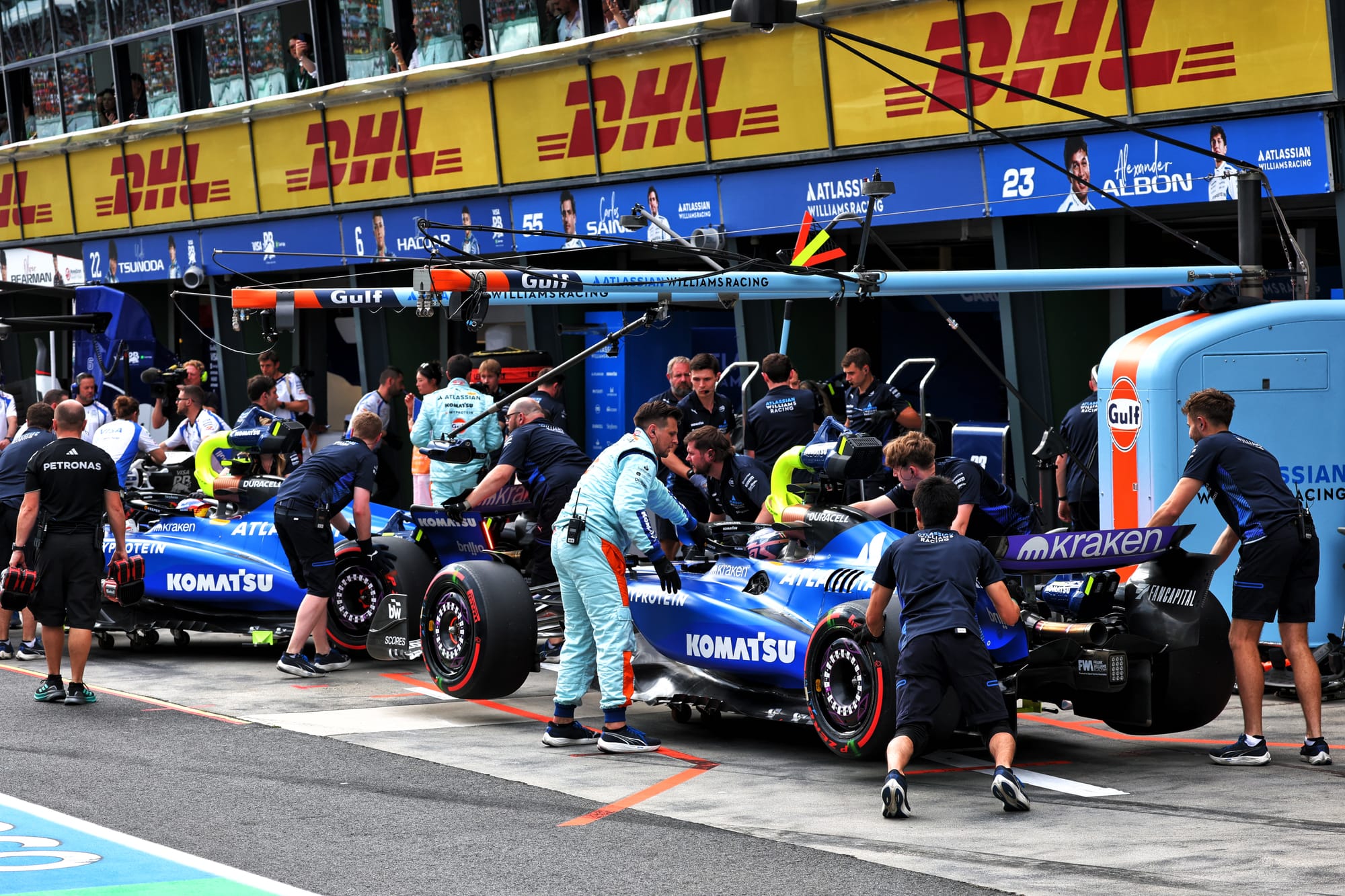
But Albon was already a mighty benchmark there. He recovered from a compromised opening practice session, impacted by brake feel issues, to gradually get on top of Sainz as the weekend progressed. A mega qualifying lap meant Albon started sixth and he was a big points threat even without the rain-induced chaos that helped him finish fifth.
Likewise, in China, there was little between the two drivers at times - but Albon always looked the quicker of the two, and the more at ease, and he also produced when it counted. Sainz couldn't get into Q3 for either the sprint or the main qualifying session, but the Williams was probably a marginal top 10 car that weekend. And Albon made the difference.
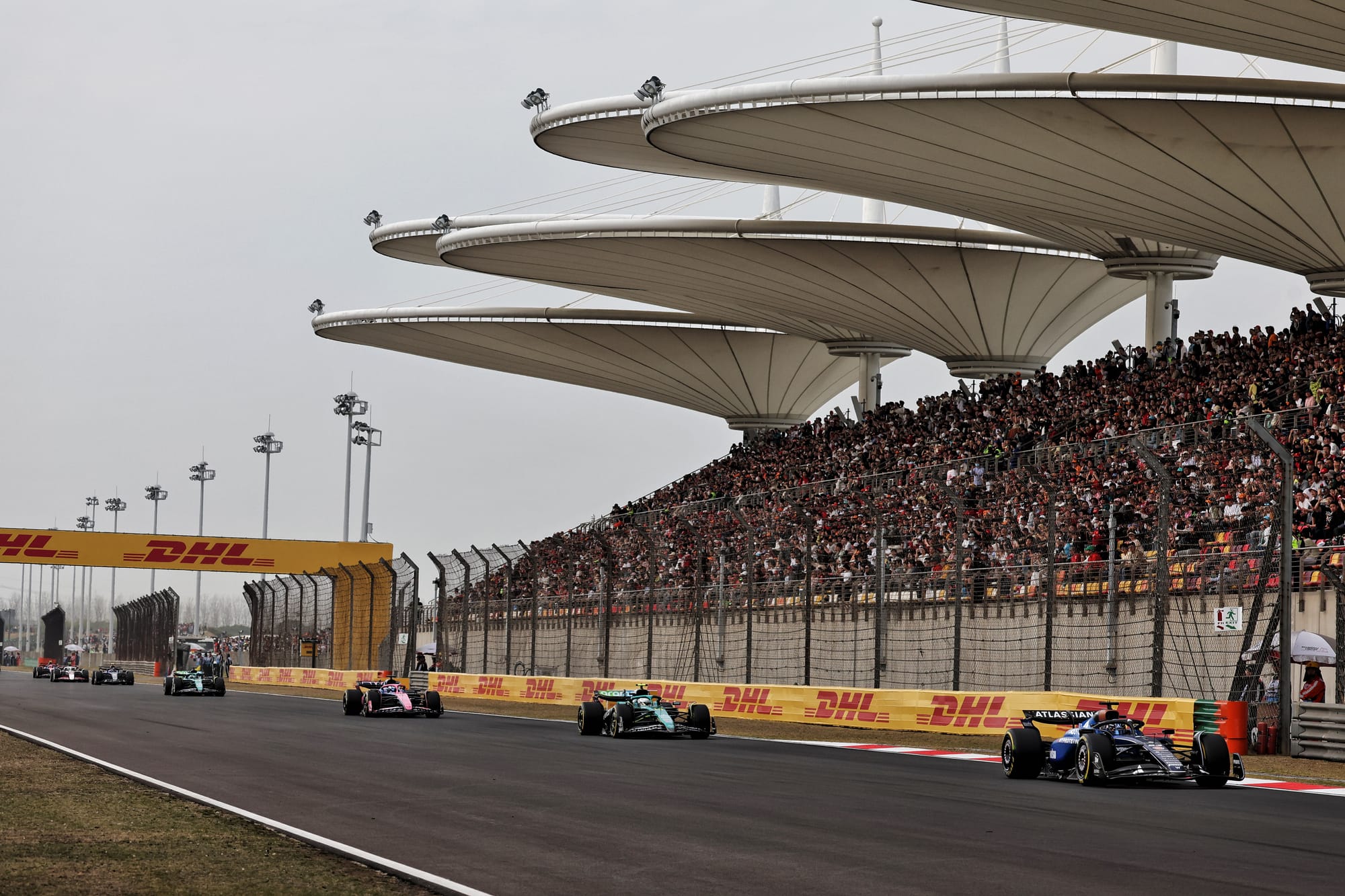
Vowles has been effusive in his praise of Albon. He believes that Albon is also "a world class driver" who "is really performing at the highest level" and that, after the way 2025 has started, "what's great is the world can see that Alex is absolutely brilliant".
But Vowles insisted that "both of them will be fighting for points very shortly" - and it's clear Williams thinks the answers lie in tidying up its own work and helping Sainz get more from himself.
As Vowles said: "Carlos is the last [most recent] individual in this team, full stop, that has won a grand prix, and he knows what it is to be performing at the very pinnacle of the sport.
"We have a duty and a responsibility towards him to make sure we adapt the car, as he's becoming more comfortable in our car and our environment, to make sure we're pulling together."
It's now up to Sainz, with Williams's help, to get the inconsistencies that have plagued his first two weekends under control and start hitting the peak that is obviously there when it counts most.
"It's a bit of a counter-intuitive thing that is going on now," Sainz said after China.
"Things here and there are adding up, but I'm confident that if I do good homework I'll do another step when it comes to Japan and I will keep digging at it.
"But at the moment it doesn't seem to come very natural."



